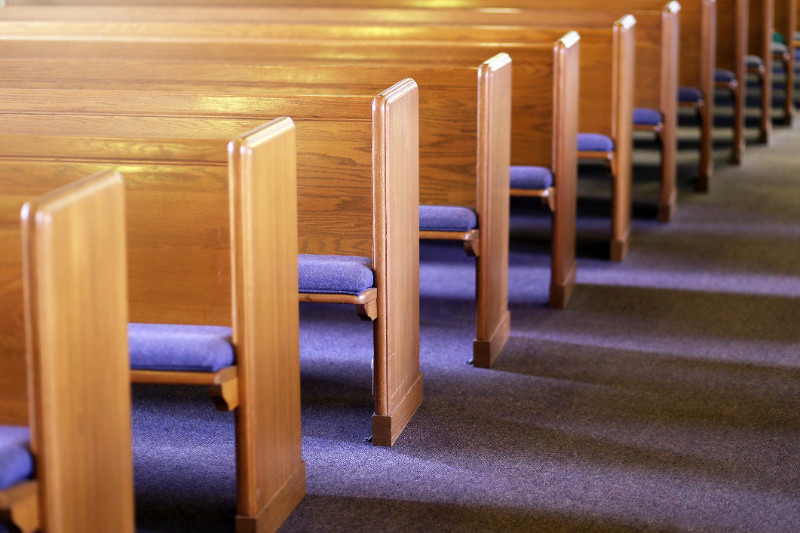Religious real estate is categorized as special use property in North America. But that doesn’t mean that church buildings are only used for worship, although they certainly play an important role in the spiritual life of the faithful. As you explore new activities and sources of alternative income for your ministry, here’s how to maximize the use of church property.
1. Evaluate the property’s potential
To begin, you must evaluate the physical characteristics of the property, the availability of spaces, and how these spaces are currently being used. Go over your schedule to see when these spaces are used, by whom, and for what purpose. Make sure to address the informal use of these spaces as well – this includes activities that are not officially recognized by the congregation.
Note how the sharing of common areas like parking, lavatories, hallways, and entrances can potentially affect property usage. Be aware of the potential for overuse and conflict of use. For example, a shared space may double as a women’s shelter and a soup kitchen, which could lead to the potential for conflict of use.
The idea is to accurately map out available spaces and identify patterns, particularly in certain times of the day or week when a certain space is underutilized. This will help you determine how to best promote or market the space to interested candidates.
2. Brainstorm ideas for potential use
When brainstorming potential use for the available space, you must first decide what your congregation hopes to accomplish. There’s a wide range of uses that either help directly further the ministry of the congregation or simply serve as a source of funds for the church. Common reasons for utilizing space include generating revenue, expanding your core mission, and introducing new ministry activities.
Examples of non-liturgical use for church-owned spaces include mission-oriented, community, and financial use, including:
- Food pantry
- Feeding ministries/programs
- Faith-based nursery school/daycare
- After-school programs
- Seasonal events (i.e. Christmas Fair, Easter Egg Hunt, etc.)
- Private event rental (i.e. wedding, birthday parties, etc.)
- Alcoholics Anonymous meetings
- Book store/café
- Community theater/art guild
- Rotary Club or other civic organization
- Office rental
- Conference rooms rental
- Performance space
- Social services offices
There are many ways to re-imagine available church spaces and determine how they may be used based on your goals. A guiding question should be: Does the proposed use of each space support your mission?
3. Manage the use of church-owned property
The management of rentals and tenants can be both challenging and rewarding for congregations. It is challenging because it is full-time work, and it is rewarding because a “full church” creates a sense of vitality and happiness, especially when non-liturgical use of church space is carefully aligned with your mission.
Although making money is not the goal of your church, it is important to understand that your ministry can be supported by funds that come from rental income and fruitful collaboration, aside from the usual sources like pledges and faithful giving.
To achieve this, you must set realistic but appropriate goals when maximizing the use of church space. You must strike a balance between finding financially capable tenants and tenants whose values are aligned with your ministry.
Make the most of church property when you explore novel ways of maximizing space. A.D. Advisors helps congregations buy and sell religious real estate in the United States and Canada. You can contact us here. You can also reach us at Info@ADAdvisors.orgInfo@ADAdvisors.org and 630.606.9000.


Leave a Comment